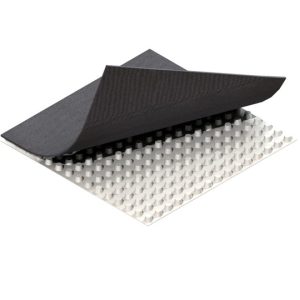Catalog Peptides: A Comprehensive Guide to Synthetic Peptide Libraries
# Catalog Peptides: A Comprehensive Guide to Synthetic Peptide Libraries
## Introduction to Catalog Peptides
Catalog peptides, also known as synthetic peptide libraries, are pre-made collections of peptides designed for research and therapeutic applications. These libraries consist of carefully curated sequences that serve as valuable tools in drug discovery, protein-protein interaction studies, and biological research.
## Understanding Synthetic Peptide Libraries
Synthetic peptide libraries are collections of peptides created through chemical synthesis rather than biological extraction. These libraries can range from small sets of specific sequences to vast collections containing thousands of variants. The peptides in these catalogs are typically:
– Highly purified
– Characterized for quality
– Available in various modifications
– Designed for specific research applications
## Applications of Catalog Peptides
Catalog peptides find applications across multiple scientific disciplines:
### 1. Drug Discovery and Development
Peptide libraries serve as starting points for identifying lead compounds in pharmaceutical research. Researchers can screen these collections to find peptides with desired biological activities.
### 2. Epitope Mapping
Scientists use peptide libraries to identify antibody binding sites (epitopes) on proteins, which is crucial for vaccine development and diagnostic test creation.
### 3. Enzyme Substrate Studies
These libraries help researchers understand enzyme specificity by testing which peptide sequences serve as optimal substrates.
### 4. Protein-Protein Interaction Analysis
Peptide libraries allow scientists to investigate how proteins interact with each other at the molecular level.
## Types of Catalog Peptides
Different types of peptide libraries serve various research purposes:
### 1. Random Peptide Libraries
These contain sequences with randomized amino acid combinations, useful for discovering novel bioactive peptides.
### 2. Focused Libraries
Designed around specific protein families or structural motifs, these libraries target particular biological systems.
### 3. Scaffold-Based Libraries
Built upon stable peptide frameworks, these libraries maintain structural integrity while allowing sequence variation.
### 4. Post-Translationally Modified Libraries
These include peptides with modifications like phosphorylation or glycosylation, mimicking natural protein states.
## Advantages of Using Catalog Peptides
Pre-made peptide libraries offer several benefits to researchers:
– Time-saving: Eliminates the need for individual peptide synthesis
– Cost-effective: Bulk production reduces per-peptide costs
– Consistency: Standardized production ensures quality control
– Immediate availability: Researchers can begin experiments without synthesis delays
– Comprehensive coverage: Libraries often include rare or difficult-to-synthesize sequences
## Considerations When Choosing Catalog Peptides
When selecting a peptide library, researchers should consider:
– Purity requirements for their specific application
– The need for modifications (e.g., labeling, stabilization)
– Library diversity and coverage
– Storage and handling requirements
– Vendor reputation and quality control measures
## Future Perspectives in Peptide Library Technology
The field of catalog peptides continues to evolve with advancements in:
– High-throughput synthesis techniques
– Computational design of targeted libraries
– Incorporation of non-natural amino acids
– Development of more stable peptide scaffolds
– Integration with screening automation technologies
As research demands grow more sophisticated, catalog peptide providers continue to expand and refine their offerings to meet the needs of the scientific community.
Keyword: catalog peptides



